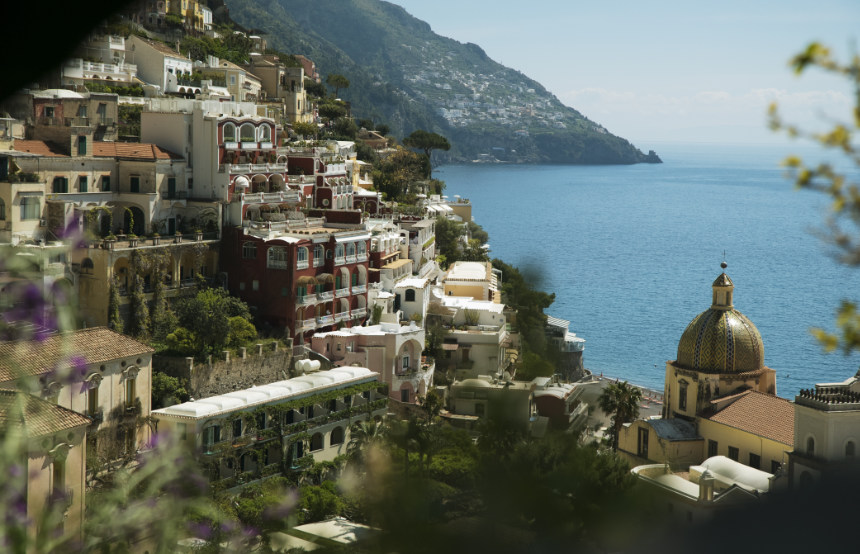Well-loved by the world’s jet-set and home to Italy’s (and arguably Europe’s) most popular stretch of coastline, the Amalfi Coast is synonymous with outstanding beauty and laid-back luxury. Pastel-hued houses tumble down chiselled cliffsides towards the twinkling Tyrrhenian sea and hidden among this rugged exterior you’ll find some of the world’s most coveted hotels and celebrated restaurants. The hilltop towns of Positano, Amalfi and Ravello form the leading trio of this film-star-stunning Italian region and it’s easy to see why the quintessentially Mediterranean landscape (now listed as a UNESCO World Heritage site) has been bestowed the moniker of Divina Costiera (‘Divine Coast’). Given its ever-increasing popularity, it can be difficult to decide on the best time to visit and although summer promises the most favourable weather, you’ll be hard-pressed to find a quiet corner between June and August. Read on for our advice on the best time to visit the Amalfi Coast on your next holiday to Italy.
Winter: November to March
Visiting the Amalfi Coast during the winter months is generally not recommended, as the weather can turn cold and damp, and many of the hotels, shops and restaurants close their doors during the off-season. Nevertheless, the lack of crowds allows the freedom to properly explore the hilltop towns and while the weather may not always be on its best behaviour, visiting over Christmas offers a peaceful Italian escape. Visit the mesmerising Luci d'Artista Light Show in Salerno, held from November to January, or ring in the New Year on the Spiaggia Grande beach in Positano, which transforms into an open-air disco until dawn.
Spring: April to May
With temperatures starting to climb, the region slowly awakens from its winter slumber and establishments re-open to welcome back visitors. This is often touted as the best time to visit the Amalfi Coast, since the crowds remain on the smaller side and the days are balmy with piercing blue skies. It’s challenging to take a bad photograph of the Amalfi Coast, and even more so in spring, when the fruit trees are in full bloom and the sea is an appealing shade of azure. The Amalfi lemon trees are particularly resplendent at this time of year; as the myth goes, Hercules fell in love with a nymph named Amalfi and stole a lemon tree from the Garden of the Hesperides to mark her final resting place when she died prematurely, kickstarting the long-standing association between lemons and the Amalfi Coast.
Summer: June-August
There’s no denying that summer is the Amalfi Coast’s most sought-after season, and for good reason, as the region really comes into its own during June, July and August. If you’re looking to experience the local festivities and nightlife, this is the height of the celebrations; the Ravello Concert Society hosts shows throughout the summer, while Ravello holds an extensive arts festival from July to September. Unfortunately, this prime time brings higher costs and more crowds, so it can be more challenging to truly appreciate the region’s rugged beauty. The season also attracts hordes of road-trippers and there’s every chance that you’ll find yourself stuck bumper-to-bumper along the iconic Amalfi Coast Drive, the road which weaves all the way from Positano to Amalfi. A good alternative for getting around is taking the train to Salerno and catching a ferry from here to the towns, allowing you to appreciate the 30 miles of sweeping vistas from the water.
Autumn: September to October
Autumn is another winner when it comes to the best time to visit the Amalfi Coast. While the revelries of summer are beginning to wind down, there are still plenty of things to do and see, such as Positano’s Festa del Pesce, an annual seafood festival accompanied by parades and musical performances. The weather remains mild and pleasant at this time of year, and with the worst of the tourist crowds gone, you’ll find the bars, restaurants and hotels much less crowded (they tend to remain open until the 15th October). Hikers also favour the autumn months, as temperatures are cool enough the traverse the mountain-top paths in comfort.
Written by Luisa Watts














